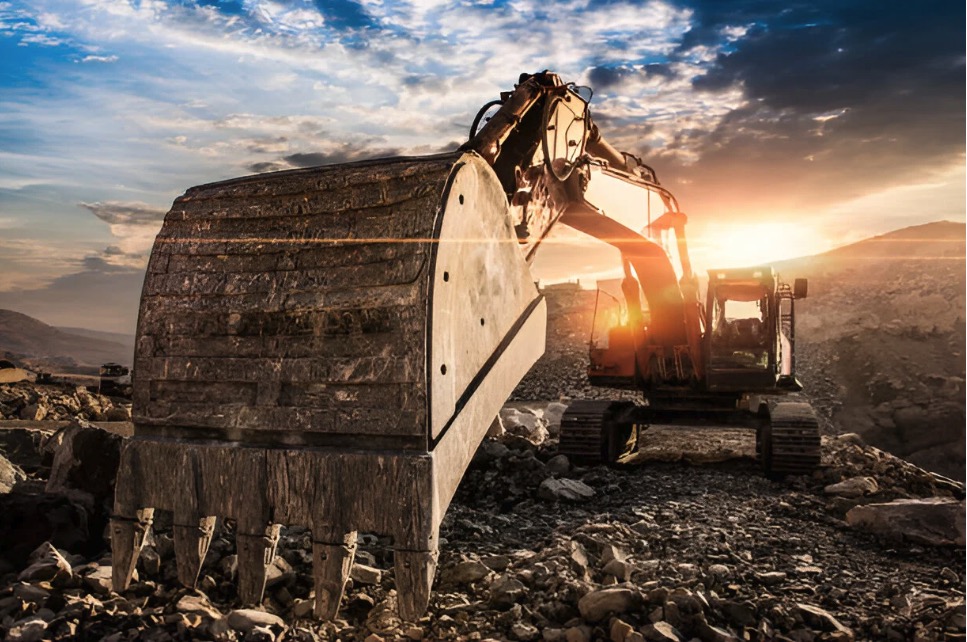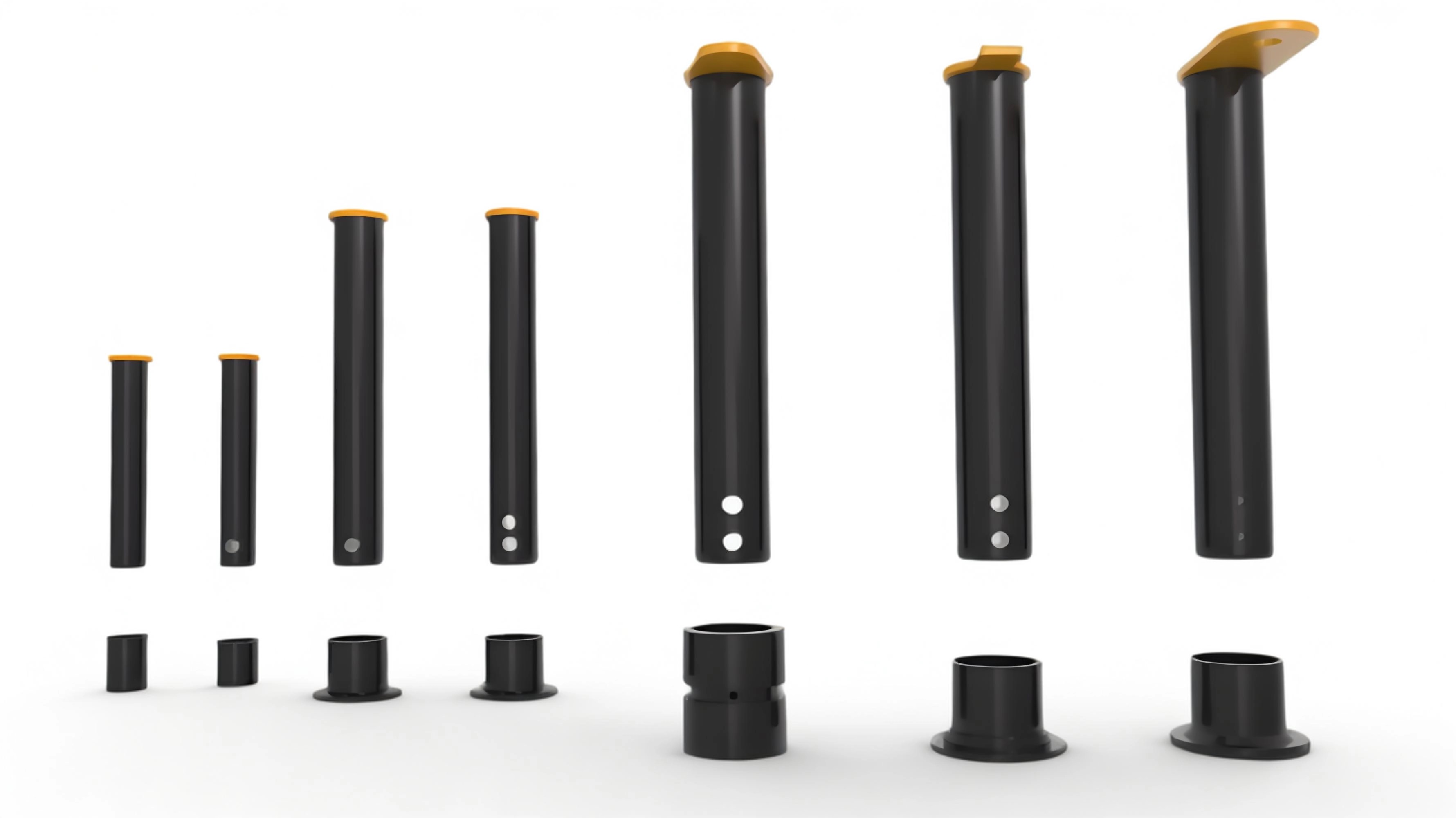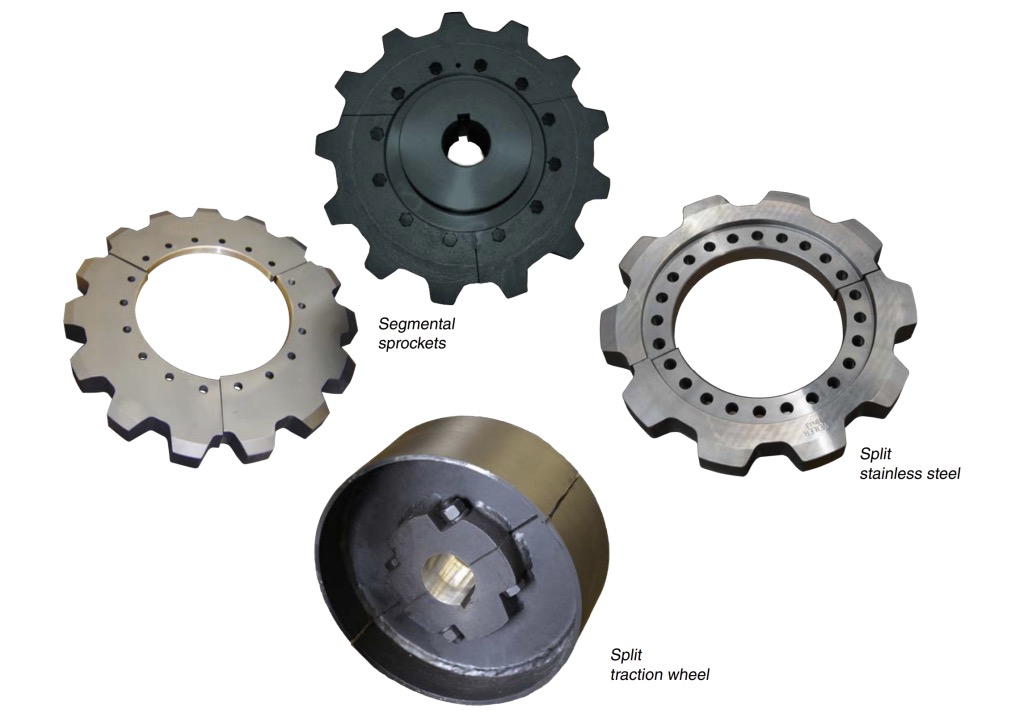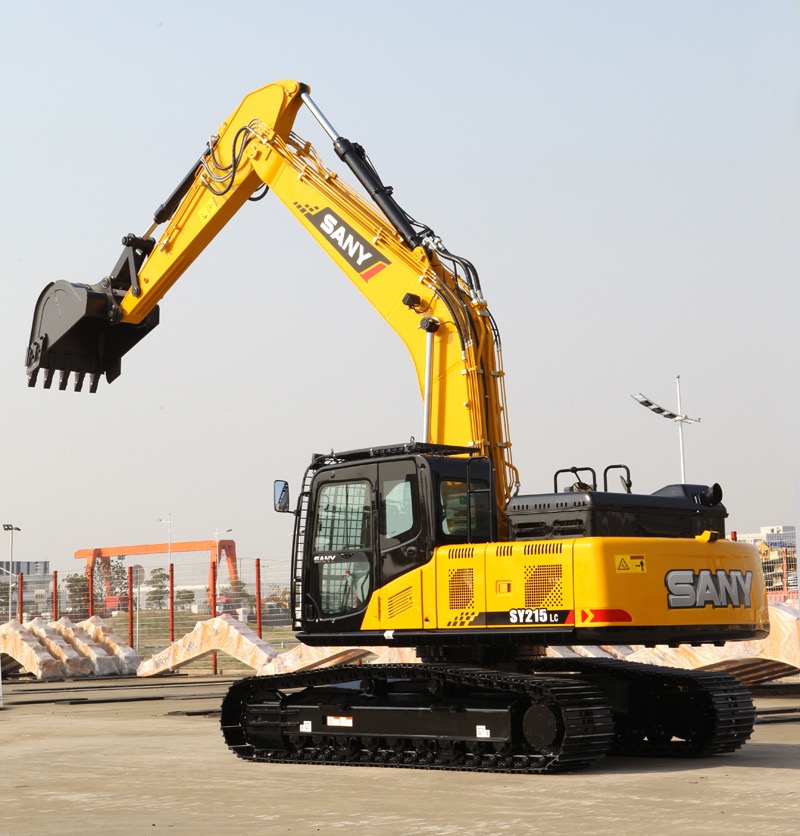
Summary:
Buying an excavation machine, excavator machine, or mini excavator in India usually requires a down payment of 10–30% of the total cost. Factors like excavator price in India, machine type (new or used), and borrower profile affect this amount. Understanding financing options helps manage costs and plan effectively for crawler excavator purchases and Mini Excavator Price in India.
Introduction
The demand for heavy machinery, which is commonly used in the construction and mining industries, is very high in the Indian market. The reason behind this is that India is going through a stage of infrastructural boom. The industry is huge and requires a huge investment. Hence, the machinery used in this industry is also very expensive. Financial understanding is very necessary whether you are a contractor, a small business, or a large firm. Most of the time, this type of machine is bought on financing. So, the amount of down payments and EMIs is a crucial factor when choosing to buy a heavy machine.
In this blog, we will provide a deep overview of the aspects of financing, such as down payment amount, financing options, and tips to buy such machines.
Why Does Down Payment Matters ?
The initial amount that you need to pay while owning a heavy machine is the down payment. The rest of the amount you need to pay at equal intervals as EMIs. It plays a significant role because this down payment affects the rate of interest, monthly EMIs, and overall cost of ownership. The more the down payment, the less the monthly EMIs, and hence the lower rate of interest, and vice versa. Generally, in India, the down payment amounts to 10%-30% of the total equipment cost. For example, if the equipment cost is ₹30,00,000, then the down payment amount will vary from ₹3,00,000 to ₹9,00,000. However, this percentage varies depending on the price of the equipment, the buyer’s financial profile, and the lender’s policies.
Factors Influencing Down Payment Amount
- Type of Equipment: The down payment amount may vary as the percentage depends on the type of machinery. For example, equipment like excavators and loaders has small down payments compared to specialized machinery like tower cranes or concrete batching plants. Additionally, the rate of interest also depends on the condition of the machines, i.e., whether the machine is new or used. The used machine tends to have a high down payment because it imposes a huge risk for lenders.
- Equipment Cost: The down payment cost depends on the equipment’s cost. The higher the cost of the machine, the higher the down payment, and vice versa. For example, if the equipment cost is ₹10,00,000, then the down payment amount will vary from ₹1,00,000 to ₹3,00,000.
- Lender’s Policies: Different banks, NBFCs (non-banking financial companies), and other financial institutions offer different financing options. Some offer lesser down payment costs and more EMIs, while some offer higher upfront costs. But it depends on the borrower’s credit profile. If it’s strong then the upfront cost can be lowered, while if it is more, then
- Borrower’s Financial Profile: The one who is borrowing the money must have a strong credit score. Apart from these, the annual revenue and existing liability of the borrower also determine the down payment amount. If you have a strong profile, then the down payment amount may be lower and vice versa.
- Loan Tenure and Interest Rates: The period for which you are opting for the loan also changes the amount of the down payment. Borrowers with long periods of loans tend to lower the down payment. Whereas the longer tenure can lead to a high down payment.
- Subsidies and Government Schemes: In India, many government initiatives foster small and medium enterprises with their buying process. There are government programs like Make in India and PMEGP (Prime Minister’s Employment Generation Programme) that lower the down payment for buyers.
Typical Down Payment Scenarios in India
- For New Machinery: For brand-new machines, the down payment rates vary from 15% to 25%. For example, if the price of an excavator is ₹30 lakhs, then the down payment amount will vary from ₹ 4.5 to ₹7.5 lakhs
- For Used Machinery: the down payment rates vary around 20%-40%. For example, if you want to buy a second-hand excavator worth ₹20 lakhs, then the down payment will vary from ₹4 to ₹8 lakhs.
- For Leasing Option: Leasing means renting the machine for a certain period. The upfront cost is called a ‘security deposit’ or ‘advance rental,’ which is much lower than the down payment.
Financing Options Available in India
- Bank Loans: Nationalized leading banks offer equipment financing facilities for these heavy machines. Banks like SBI, HDFC, and ICICI offer competitive rates for financing. Banks like these give a 15%-20% rate of down payment depending on the borrower’s profile.
- NBFCs: NBFCs such as Tata Capital, Sundaram Finance, and Shriram Transport Finance give equipment financing and are reliable in this sector. The NBFC offers a higher rate of down payment, but the process is quicker.
- Manufacturer Financing: There are many brands that offer financing options from themselves. Brands like JCB, Caterpillar, and Volvo have their in-house financing teams. They finance only their products and come with various offers and warranty schemes.
- Government Schemes: There are government schemes that assist small and medium enterprises with loans for this equipment. Mudra Loans and CGTMSE (Credit Guarantee Fund Trust for Micro and Small Enterprises) are the government schemes that reduce collaterals.
- Leasing and Hire Purchase: Leasing allows one to use the product without owning it. In this case, the upfront payment amount is lower than the down payment. Hire purchase enables one to own the equipment after the completion of the cycle.
Tips to Manage Down Payment Effectively
- Assess your budget: When thinking of acquiring a machine, you have to evaluate your financial capacity. How much cash in hand is there? Projected cash flow is to be determined. Both will determine the decision on financing.
- Negotiate with lenders: When it comes to a down payment, negotiating with the lender is a must. The down payment option should be competitive with other financial institutions.
- Explore Subsidies and Incentives: Taking the help of government schemes and subsidiaries can minimize the burden.
- Opt for Trade-Ins: If you own machinery and it has worn out, exchange it and get a reduction on the down payment.
- Use Business Loans Strategically: You can take a short-term loan for the down payment if the cash in hand is insufficient.
- Plan for seasonal cash flow: Construction business has seasonal flow of money. So aligning the purchase with higher cash inflows will reduce the burden.
Conclusion
So, we now have the idea of a down payment, factors affecting the down payment, the financial institution that offers finances, and how to plan the down payment. We know the government schemes that help to minimize the cost of the down payment as well as the machine cost. Proper financial planning is required for optimal financial management.





